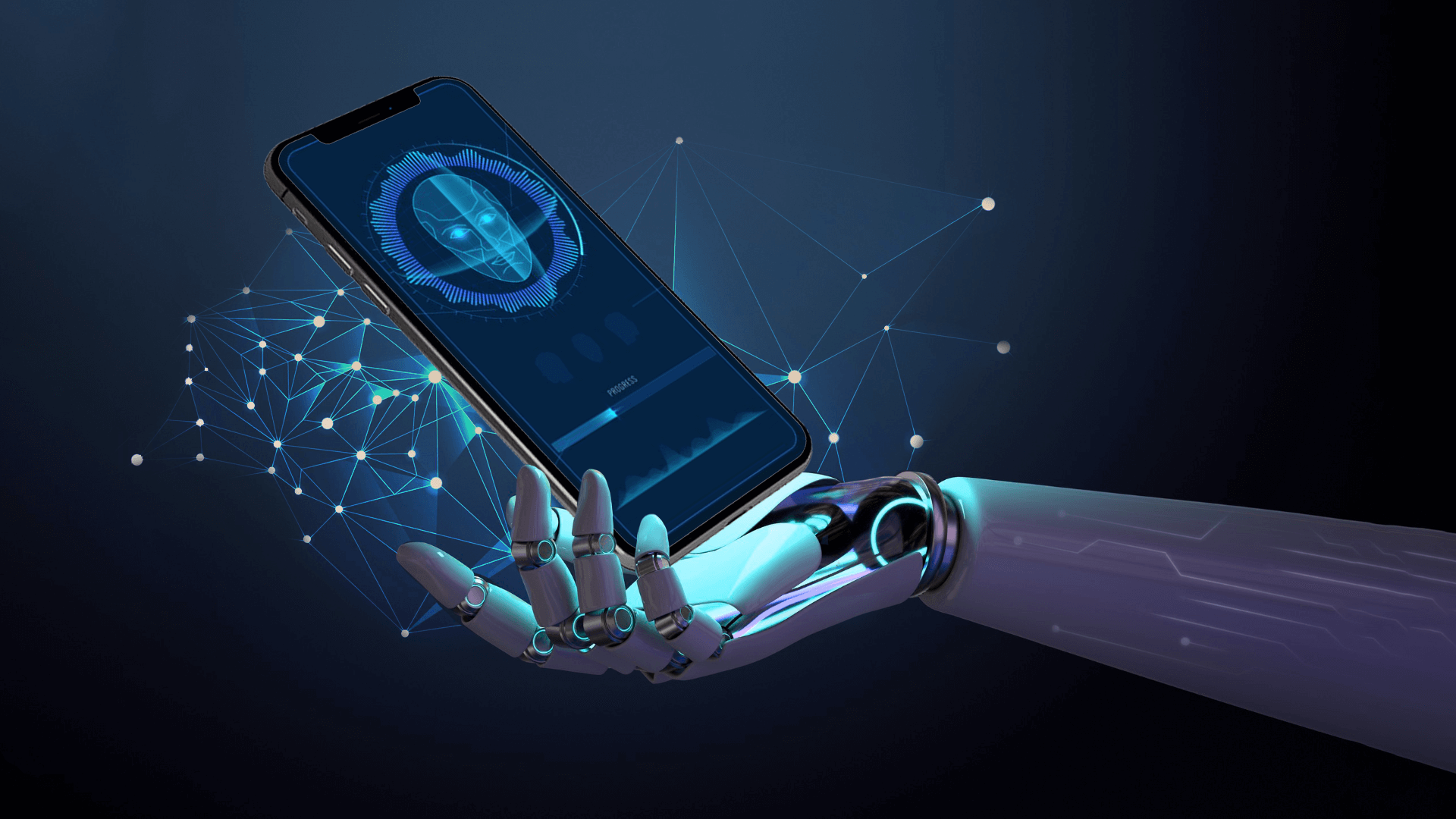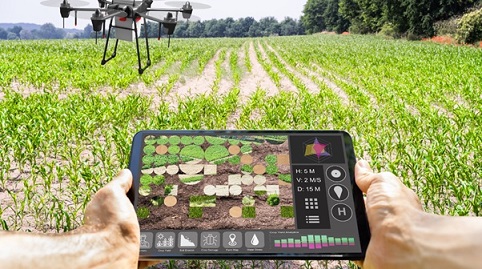In a rapidly globalizing world, languages are disappearing at an alarming rate. According to UNESCO, nearly half of the approximately 7,000 languages spoken today are at risk of extinction within this century. The loss of a language is more than just the disappearance of words—it marks the erosion of culture, history, and identity for entire communities.
However, as technology continues to evolve, Artificial Intelligence (AI) is emerging as a powerful ally in the battle to preserve linguistic diversity. When integrated into mobile applications, AI offers scalable, accessible, and interactive solutions to document, learn, and even revive endangered languages. More excitingly, it also powers real-time translation tools—such as apps that can interpret sign language—offering inclusivity for those relying on non-verbal communication.
In this blog, we’ll explore how mobile apps are revolutionizing language preservation and accessibility with the help of AI.
Why Language Preservation Matters
Every language encodes a unique worldview. From oral traditions to ecological knowledge, indigenous and minority languages carry irreplaceable cultural heritage. When a language dies, we lose not only a form of communication but a lens through which people understand the world.
Yet, many of these languages lack written documentation or digital presence. This is where AI and mobile technologycan play a crucial role—automating the documentation, classification, and learning of endangered languages.
AI-Powered Mobile Apps: A Game Changer for Linguistic Preservation
1. Data Collection and Documentation
One of the major challenges in language preservation is the collection of linguistic data, especially from remote or underrepresented communities. Mobile apps now enable users—often native speakers themselves—to contribute recordings, vocabulary, grammar structures, and cultural context directly from their phones.
AI-driven features include:
- Speech recognition & transcription in low-resource languages
- Natural Language Processing (NLP) to detect grammar and syntax patterns
- Machine learning algorithms that classify dialects and regional variations
For instance, projects like Lingua Libre, The Living Tongues Institute, and Google’s Project Euphonia are already experimenting with AI models trained on diverse speech samples to help document lesser-known languages.
2. Interactive Language Learning
Once the data is collected, mobile apps can turn it into immersive learning tools using AI. Learners can access interactive lessons, pronunciation feedback, and contextual exercises—all enhanced by machine learning models that adapt to individual learning styles.
Notable features include:
- AI-generated quizzes and flashcards
- Speech-to-text feedback for pronunciation
- Conversational AI bots for real-time language practice
- Gamification elements to boost engagement
Apps like Duolingo and Memrise are gradually introducing endangered languages into their platforms, supported by AI tutors that guide users through personalized learning paths.
Real-Time Sign Language Translation: Breaking Down Communication Barriers
Beyond spoken languages, AI is also tackling the digital gap for sign language users. Millions of deaf and hard-of-hearing individuals communicate primarily through sign language, which historically has had limited digital representation.
Now, mobile apps powered by computer vision and AI are making real-time sign language translation a reality.
How It Works:
- Computer Vision Algorithms detect and track hand movements, facial expressions, and body posture.
- AI Models, trained on thousands of gesture samples, interpret the meaning of signs.
- The system translates sign language to text or speech, and vice versa—instantly.
Leading Innovations:
- SignAll: Uses camera arrays and AI to translate American Sign Language (ASL) in real-time.
- Google Translate for Sign Language (experimental): Uses mobile cameras and neural networks to translate signs into spoken words.
- KinTrans: Focused on enterprise communication, translating sign language in workplace settings.
These tools are not only enhancing communication but also enabling deaf individuals to access services, participate in education, and engage in everyday conversations—without requiring a human interpreter.
Challenges to Overcome
While the future looks promising, several challenges remain:
- Data scarcity: Many endangered languages lack sufficient digital data to train AI models effectively.
- Model bias: AI trained predominantly on high-resource languages or Western sign languages may not generalize well.
- Ethical concerns: Respecting the ownership and cultural context of language data is critical.
- Hardware limitations: In some regions, access to smartphones or internet connectivity is still limited.
Addressing these issues requires community-driven development, transparent data practices, and partnerships with linguists, native speakers, and cultural organizations.
The Road Ahead: Future of AI in Language Preservation
The intersection of AI and mobile apps offers an unprecedented opportunity to democratize language preservation and inclusion. Here’s what we can expect in the near future:
- Multimodal AI systems that combine audio, video, and text for richer language modeling
- Cross-lingual translation tools for low-resource and endangered languages
- Voice-cloning for storytelling, preserving elders’ voices for oral traditions
- Augmented Reality (AR) apps that teach languages through immersive visual aids
- Integration with smart wearables for on-the-go sign language translation
Conclusion: Preserving the Past, Empowering the Future
As languages vanish at an accelerating pace, AI-powered mobile apps are stepping in not just to document what exists, but to revive, teach, and celebrate linguistic diversity. From empowering indigenous communities to communicate and teach their languages, to offering real-time tools for sign language translation, the potential is transformative.
By putting these tools in the hands of everyday users through mobile platforms, we’re creating a more inclusive, culturally rich, and interconnected world.
Let’s ensure no language—and no voice—is left behind.




